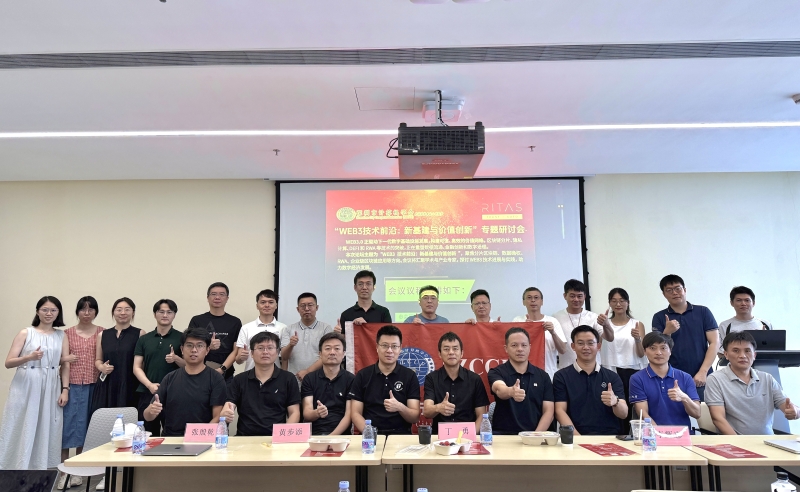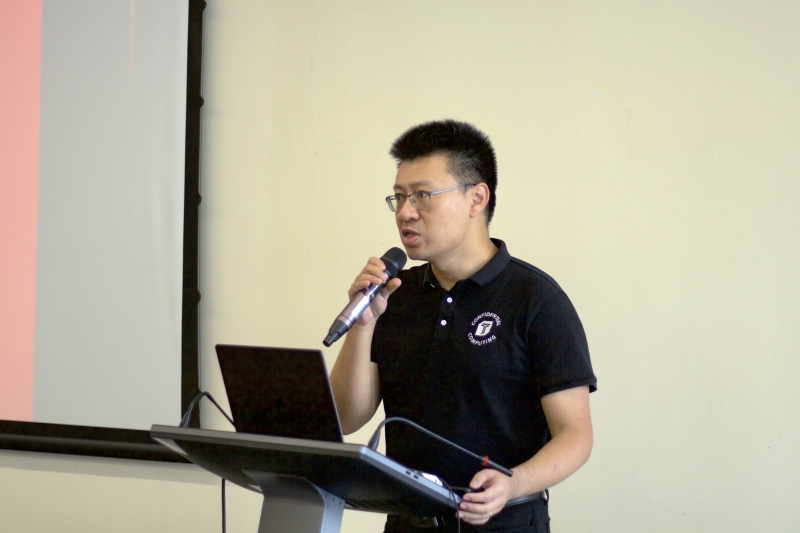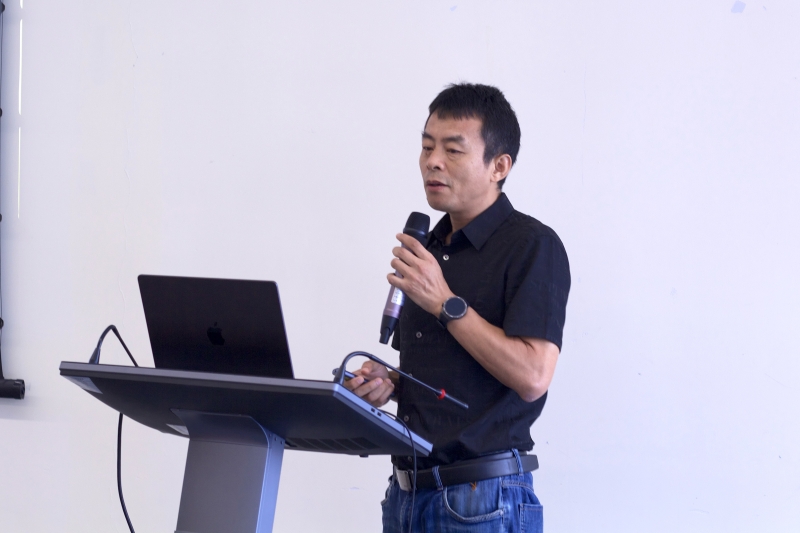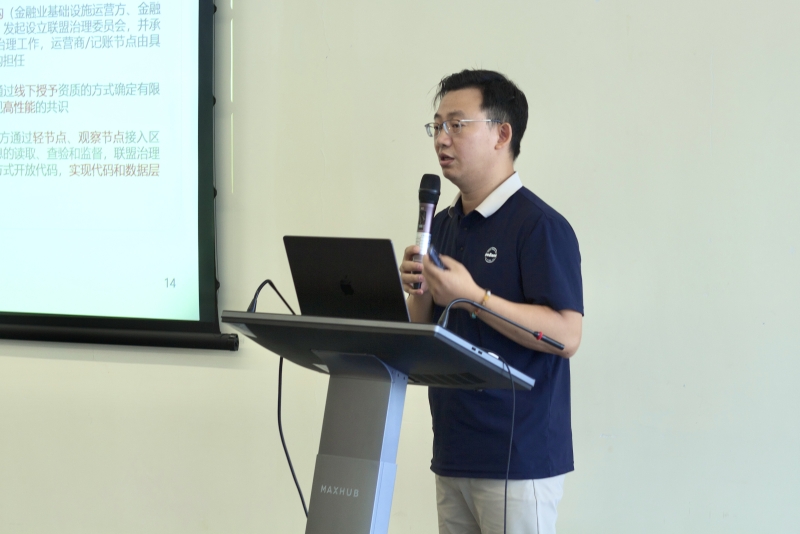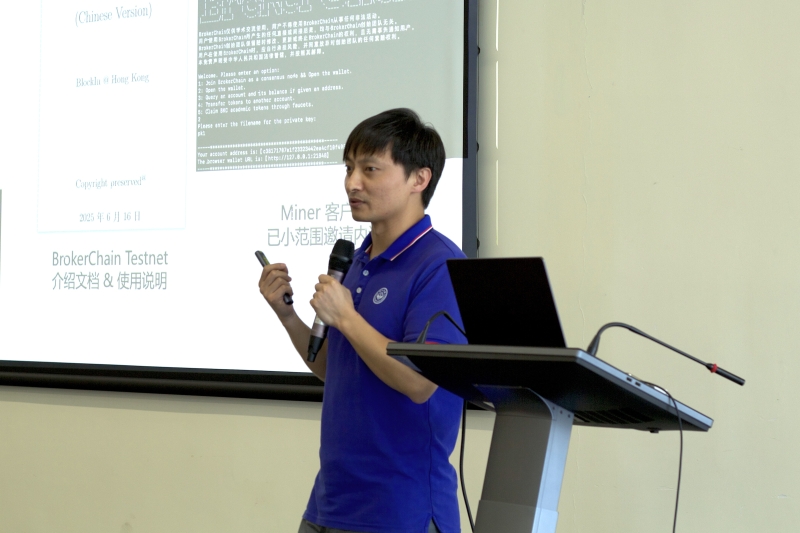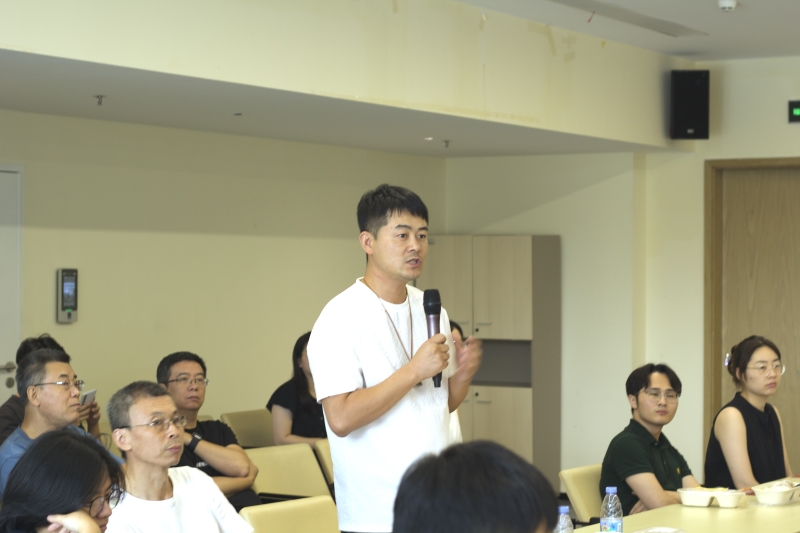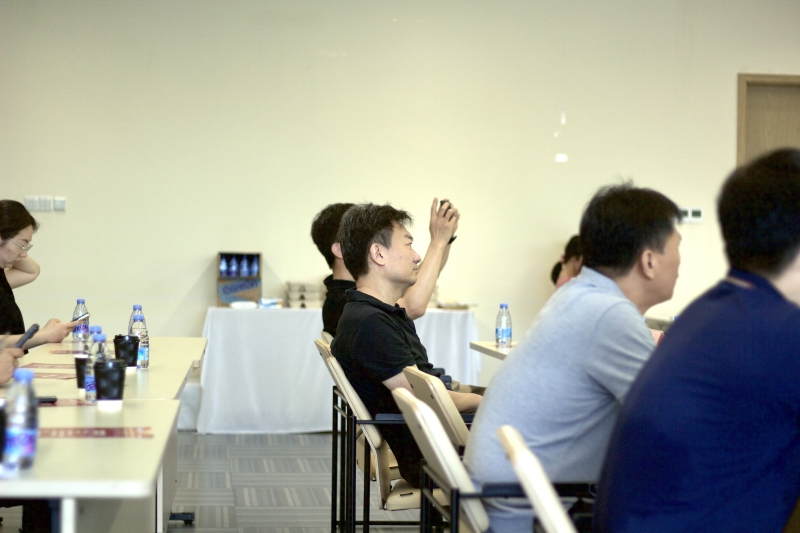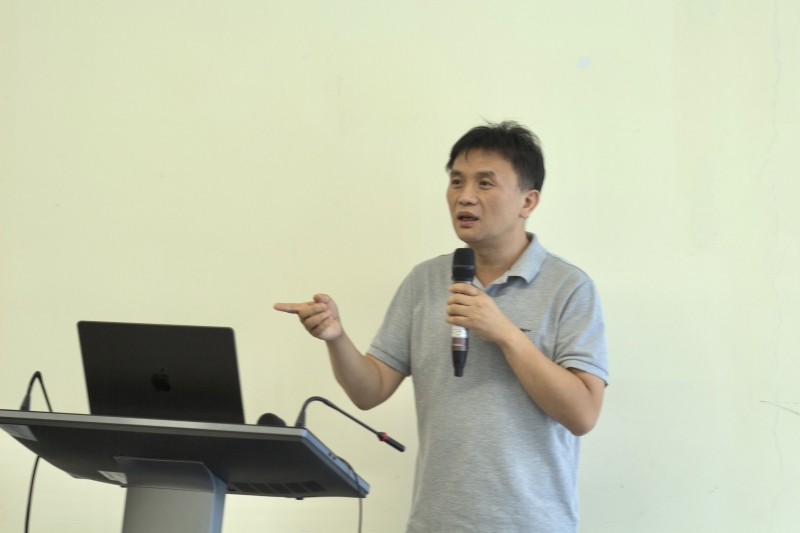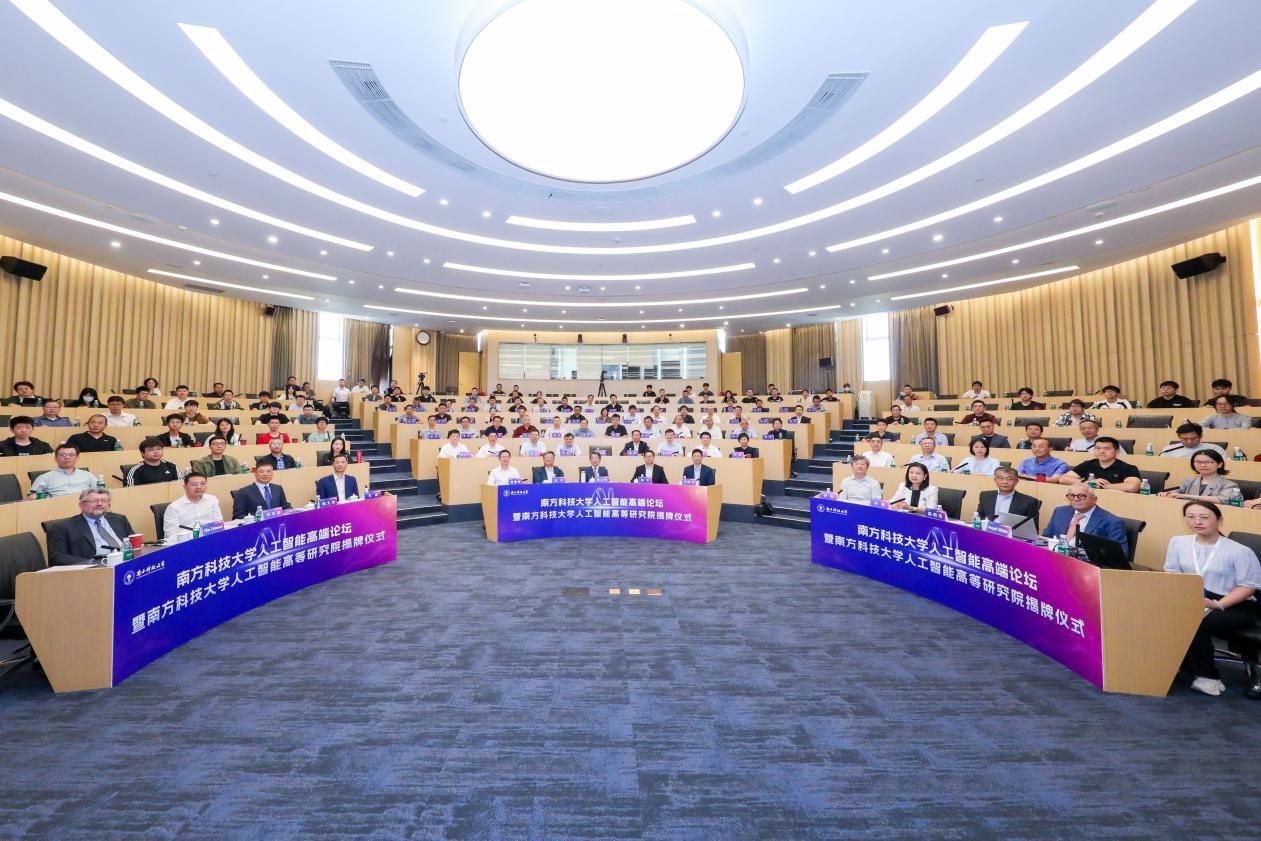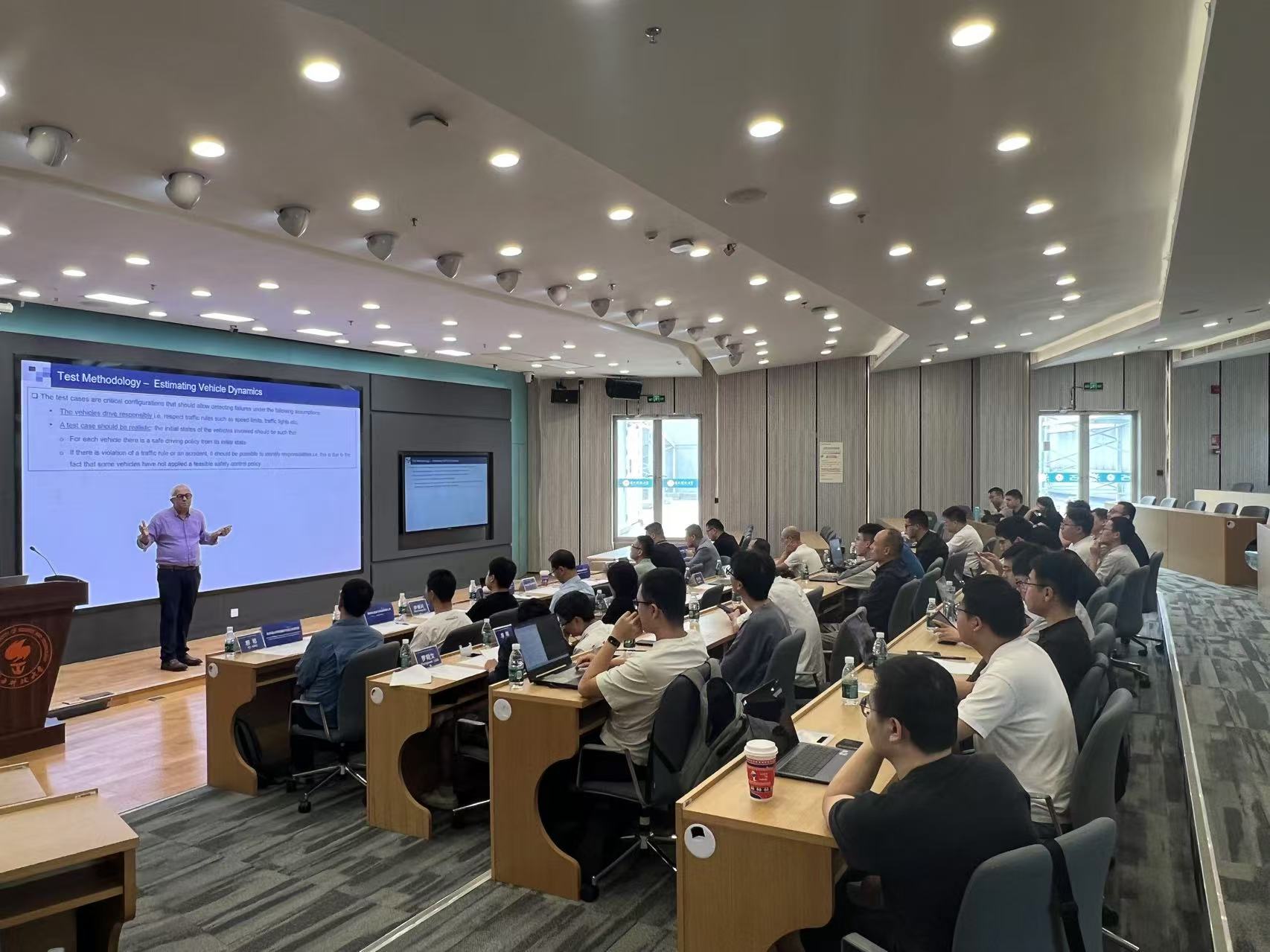On June 29, 2025, Professor Yinqian Zhang, Director of the Information Security Center at the Research Institute of Trustworthy Autonomous Systems (RITAS) , successfully organized a symposium on "Frontiers of Web3 Technology: New Infrastructure and Value Innovation," Supported by the Shenzhen City Computer Federation (SZCCF) and the Research Institute of Trustworthy Autonomous Systems, the event brought together experts and scholars from academia and industry to share insights and exchange ideas on the latest advancements, typical practices, and future pathways of Web3 technology. The goal was to jointly empower the development of a trustworthy, open, and sustainable digital economy.
Figure 1: Group Photo of Participants
At the beginning of the meeting, Professor Yinqian Zhang delivered a welcome speech to the attending guests and enterprise representatives. He noted that the committee centers on secure networking and artificial intelligence technologies, with cross-disciplinary synergy as its core mission. It aims to use various events as platforms to build bridges for communication between industry and academia, deepening collective understanding of Web3 technologies.
Figure 2: Professor Yinqian Zhang Delivering the Welcome Speech
Subsequently, four invited experts and scholars, Butian Huang, Yong Ding, Huizhong Li, and Huawei Huang, delivered keynote speeches.
Butian Huang, Founder of Hangzhou Yunphant Network Technology Co., Ltd. presented a keynote speech titled "New Financial Infrastructure Based on Blockchain." Using cases such as the "Currency Bridge", repeated pledging, and selling the same goods to multiple buyers, Butian Huang vividly highlighted current pain points in the financial industry. He pointed out that new financial infrastructure based on blockchain has been reshaping the global process of asset digitization. With further technological maturation and gradual improvement of regulation, it is expected to become a core pillar of the next-generation financial system.
Figure 3: Butian Huang Delivering the Keynote Speech
Yong Ding, Professor of Guangdong University of Science and Technology, delivered a report titled "Blockchain innovative applications and Real World Assets (RWA) and Stablecoin liquidity innovation.” Professor Ding first shared a series of achievements and progress made by his team on recent blockchain technology breakthroughs. Taking Hong Kong as a primary case, he introduced the definitions, evolution trends, and relevant impacts of RWA and stablecoins. He believes that in the future, stablecoins will achieve breakthroughs in technological innovation and regulatory compliance, and be more widely applied in the RWA market.
Figure 4: Yong Ding Delivering the Keynote Speech
Huizhong Li, Head of Blockchain Technology Research and Development at WeBank Co., Ltd. presented a report titled "Exploration and Practical Applications of WeBank's Blockchain Technology." Li introduced FISCO BCOS, a domestically developed, controllable open-source platform, and emphasized the importance of open-source to drive innovation. Currently, the development of alliance chains still faces numerous challenges. He hopes that in the future, interconnection among multi-chains and multi-assets can be achieved to fully unlock the value of Web3.
Figure 5: Huizhong Li Delivering the Keynote Speech
Huawei Huang, Professor of Sun Yat-sen University, delivered a report titled "BrokerChain: A Sharded Blockchain—Research and Practice." Professor Huang introduced the full-process exploration of BrokerChain, from the design of the underlying consensus protocol to the implementation of blockchain system, and further to the development of typical applications on sharded blockchains. He also demonstrated some functions on-site. He stated that he hopes BrokerChain will next step to empower more blockchain financial application scenarios.
Figure 6: Huawei Huang Delivering the Keynote Speech
Following the four excellent keynote speeches, the symposium entered the panel discussion . On-site, guests and enterprise representatives were connected via video to raise questions, sparking lively discussions on topics such as opportunities and carriers of stablecoins, trusted data spaces, transformation of industry-university-research achievements, and implementation of blockchain technologies.
Figure 7: Photos of the Panel Discussion
Kai Lei, Executive Member of the CCF Blockchain Specialized Committee, concluded that application is a necessary prerequisite for driving any technology. Through perspectives from industry, academia, and research, this seminar systematically presented the latest breakthroughs of Web3 technology in areas such as new infrastructure and value innovation. The development of Web3 technology requires forward-looking research from academia and practical verification from industry. The Information Security Research Center will continue to connect high-level exchange platforms to support the construction of a trustworthy digital future.


